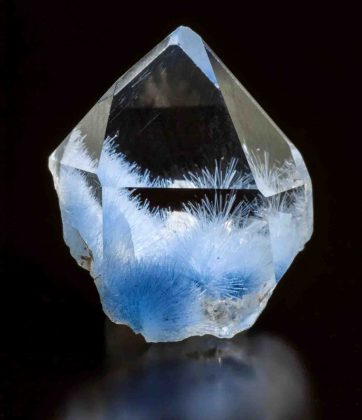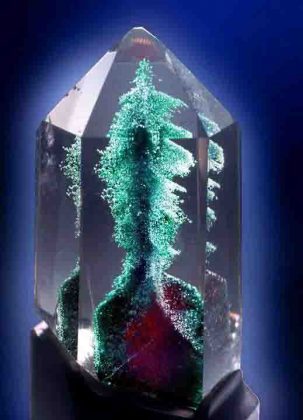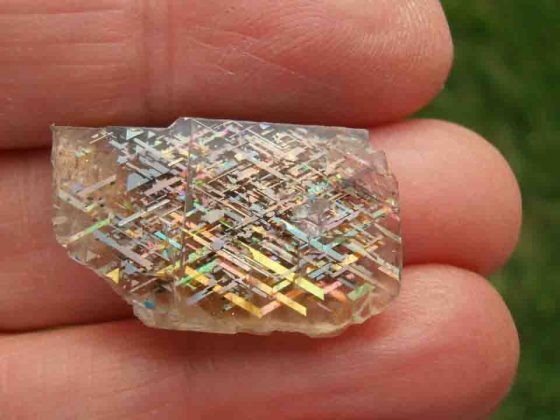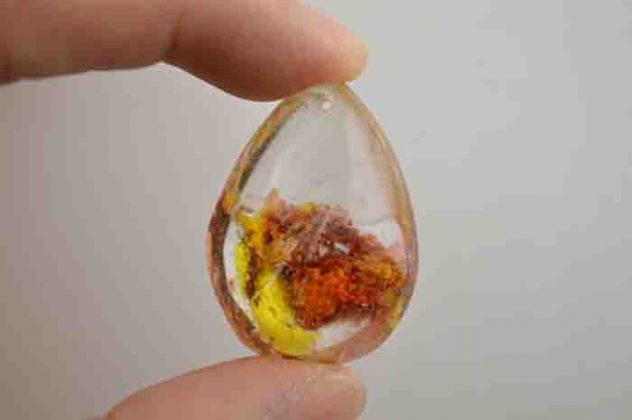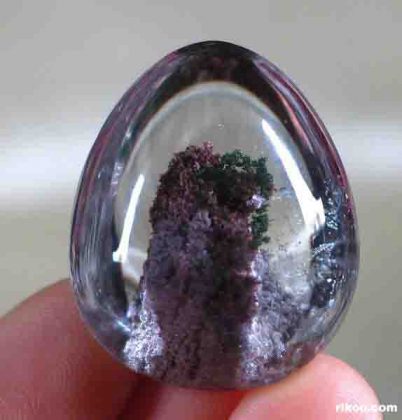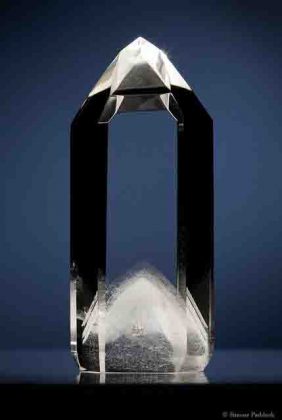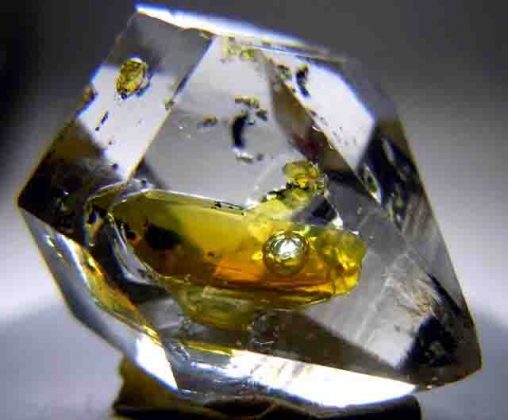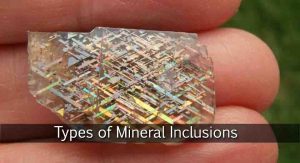
An inclusion is any material that is trapped inside a mineral during its formation. In gemology, an inclusion is a characteristic enclosed within a gemstone, or reaching its surface from the interior.
Inclusions are one of the most important factors when it comes to gem valuation. In many gemstones, such as diamonds, inclusions affect the clarity of the gem, diminishing the value. In some gems, however, such as star sapphires, the inclusion actually increases the value of the gem.
Many colored gemstones, such as amethyst, emerald, and sapphire, are expected to have inclusions, and the inclusions do not greatly affect the stone’s value.
Basic “Types” of Inclusions
Protogenetic Inclusions: These inclusions were already present before the host mineral was formed. The host mineral grew around them. Therefore they are older than the host crystal. An example of a protogenetic inclusion is Rutile needles in Quartz crystals. The Quartz crystals formed around the already existing Rutile needles.
Syngenetic Inclusions: These inclusions were formed at the same time as the host mineral. These inclusions can be solids, liquids, or gases, or combinations of any of the three forms of matter. These inclusions are therefore the same age as the host crystal. There is one other type of syngenetic growth seen often in quartz crystals.
It is called a “syngenetical formation that got overgrown.” This can be seen in quartz crystals containing “phantoms.” The quartz crystal might have been partially encrusted by another mineral when growth halted transiently, and then resumed.
Some phantoms, as are most often seen with quartz crystals, can be caused by natural irradiation of the crystal during its growth cycle. They will appear as darker zoned brown smoky areas. Differently colored phantoms and wisps may also be seen, such as Amethyst phantoms in Clear Quartz.
Epigenetic Inclusions: These inclusions were formed after the host crystal was formed. These inclusions are usually either formed by exsolution or from the recrystallization of a fracture in a host mineral. They may also be liquid, solid, or gaseous.
These inclusions are therefore younger than the host crystal. Some of these inclusions affect the structure of the crystal and may create aesthetic features, such as “rainbows” within the crystal.
The features formed from cracks and fractures may be referred to as feathers, lily pads, foils, and many other names. Some unscrupulous manufacturers may even use artificial methods to create these features in otherwise dull looking crystals, which are sometimes referred to as “crackles,” or “crackled ice quartz.”
Types of Inclusions
Solid Inclusion
A solid inclusion is any enclosed inclusion, which can pretty much mean any other mineral specimen, including the host mineral. For example, solid inclusions can include pyrite deposits found in lapis lazuli, green mica deposits in aventurine and rutile deposits found in sapphire. Other solid inclusions could be needles, minerals and crystal growths such as calcite.
Liquid Inclusion
Some gemstone specimens have unique internal cavities within their structure. Typically these cavities are very small, but some specimens may have quite large cavities. These cavities are often occupied by a liquid, such as water or saline.
Cavities can also contain liquid carbon dioxide or even natural hydrocarbon compounds. Topaz, beryl and quartz are gem types known to have frequent occurrences of liquid inclusions and opals have an extremely high water content, sometimes up to 30% liquid silica gel or hydrated silicon dioxide. This liquid is responsible for producing the vivid rainbow hues in opal’s play of color.
Gaseous Inclusions
As with liquid inclusions, gaseous inclusions are gasses that occupy a cavity within a gemstone. Typically cavity gasses are composed of air, but they can also be filled with carbon dioxide or compound gasses. It is even possible for gasses to be within a liquid inclusion as well. Gaseous inclusions can be easily identified since they appear as bubbles in a gemstone.
Optical Inclusions
One type of optical illusion is where the host crystal’s external shape can be seen in a gemstone. As a host crystal grows, stops, and then starts to re-grow again, it coats previous surface layers. During this repeated process, preexisting layers are coated with new substances. The resulting formation is what is referred to as a phantom inclusion. Another type of optical inclusion is caused when changes in the structure or composition of a crystal result in color zoning. Additionally, radiation halos are caused by radioactive minerals in crystals.


